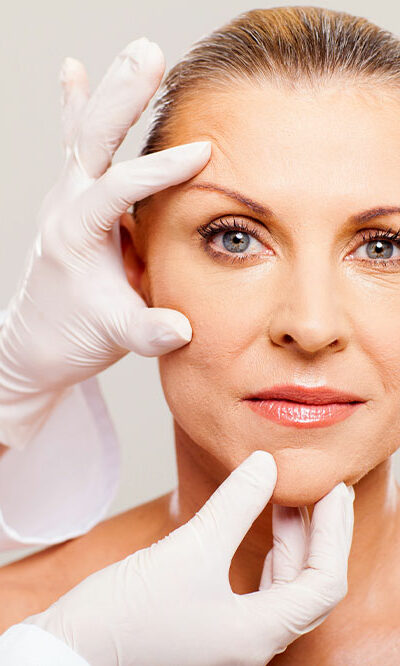
3 easy tips to manage lymphoma
Lymphoma is a cancer whose origin is in the lymph system. There are primarily two types: Hodgkin Lymphoma and Non-Hodgkin Lymphoma (NHL). As of 2022, NHL accounts for 4% of all cancers in the country. In contrast, Hodgkin’s Lymphoma is expected to affect 8,540 people this year. A variety of treatment options are available. However, the side effects are many, for which supportive care is required. Here are 3 easy tips for coping with lymphoma: Approach a health professional immediately The nature of the treatment plan will depend on the type of lymphoma the patient suffers from, something only an appropriately qualified health professional can identify. Regarding the symptoms, there are 60 of them, broadly classified under two categories: Non-Hodgkin and Hodgkin Lymphoma. The latter requires only chemotherapy or chemotherapy accompanied by radiotherapy for successful cancer treatment. In contrast, Non-Hodgkin Lymphoma entails a variety of treatments, the choice of which depends on the type of Lymphoma-aggressive or indolent. For aggressive NHL, the following treatment options are prescribed: Chemotherapy : It is one of the most common treatments for cancer, involving the use of anti-cancer elements to destroy cancer cells. It can be administered orally or via injections and is mainly used in initial treatment or stem cell transplants. Radiation therapy : Also called radiotherapy, it kills cancer cells by using high-powered energy beams like protons and X-rays. Generally, in a line of treatment, it is used after successful chemotherapy to get rid of one or two remaining cancer cells. However, in certain types of lymphoma, specifically the slower ones, radiation may be the only treatment to eliminate cancer cells. Targeted therapy : The strategy this therapy uses to fight cancer cells is to attack the specific abnormalities that add to the potency of the cancer cells. Once these abnormalities are blocked, the cancer cells turn redundant.










